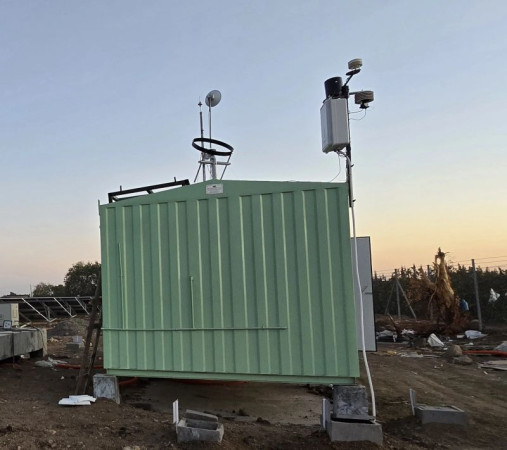
Follow India Renewable Energy News on WhatsApp for exclusive updates on clean energy news and insights
Role of RMS & RTU in Ground-Mounted Solar Plants
Mar 10, 2025
In a ground-mounted solar project under the PM-KUSUM-C scheme, the Remote Monitoring System (RMS) and Remote Terminal Unit (RTU) are essential for efficient operation, real-time monitoring, and seamless grid integration.
1. Remote Monitoring System (RMS)
RMS serves as a centralized platform for tracking and analyzing solar plant performance.
- Real-Time Data Collection: Monitors energy generation, voltage, current, frequency, and power quality.
- Performance Analytics: Assesses efficiency, energy yield, and system losses, enabling predictive maintenance.
- Fault Detection & Alerts: Identifies performance issues and grid-related faults, sending instant alerts.
- Weather Monitoring: Uses sensors like pyranometers and anemometers to evaluate environmental impact on generation.
- Remote Access & Reporting: Provides SCADA or cloud-based access for compliance and operational analysis.
2. Remote Terminal Unit (RTU)
RTU acts as an interface between field equipment (inverters, meters, and transformers) and the central control system.
- Data Acquisition: Collects real-time electrical parameters from meters and sensors.
- Grid Compliance & Communication: Ensures smooth data exchange with grid operators via protocols like MODBUS and IEC 104.
- Automatic Control & Switching: Manages power factor correction, tap changer control, and circuit breaker operations.
- Event & Alarm Management: Logs system disturbances, facilitating faster troubleshooting.
- Remote Command Execution: Enables grid operators to send commands for voltage adjustments and emergency shutdowns.
Significance in PM-KUSUM-C
For PM-KUSUM-C projects, RMS ensures continuous performance tracking and regulatory compliance, while RTU enables real-time communication with the grid. Their integration improves solar plant efficiency, reliability, and grid stability, ensuring smooth coordination with DISCOMs.